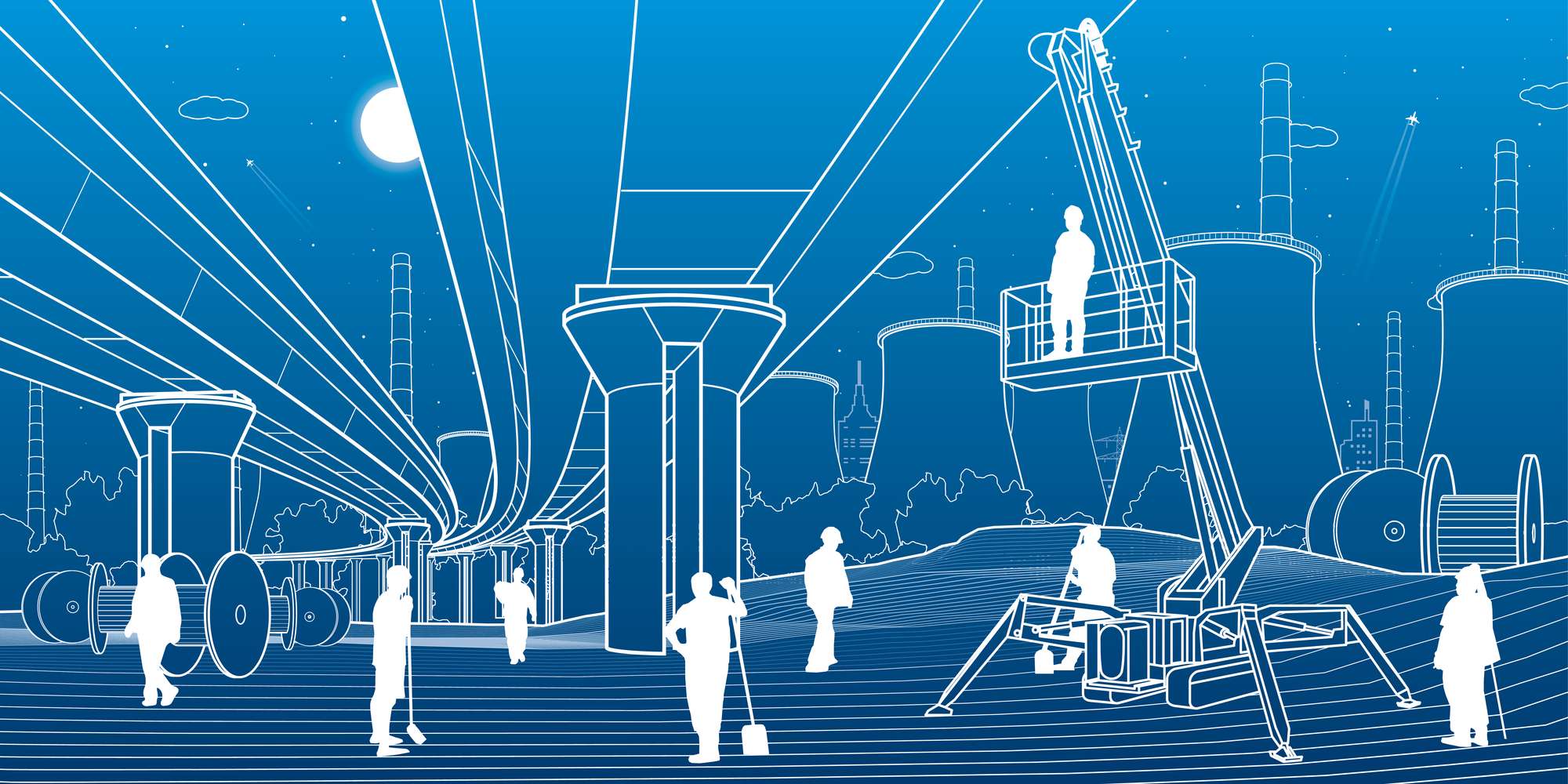Andrew Johnson|

Man lifts are commonly used in many industries to complete a variety of tasks. They?re used primarily when an individual or group of workers needs to safely perform tasks at height.
While there are three primary types of man lifts (more on this below), all of them feature a platform attached to a lifting mechanism that raises and lowers workers, tools, and supplies to the desired height.
When compared to other options ? such as a ladder or scaffolding ? a construction lift is safer and more efficient.
Some of the settings in which man lifts are commonly used include:
For example, if exterior maintenance is required near the top of a commercial building, a man lift is the safest way to gain access.
There are several types of man lifts, which makes it easier to choose the one that?s best for your application. Here are the three main categories:
Also known as a one-man lift, these are among the smallest types of lifts. With a weight capacity of only 300 pounds, it?s critical to know the weight of any tools and/or supplies that will accompany you.
Vertical personnel lifts are used for tasks such as order picking in warehouses, reaching high shelves in a commercial building, or even changing light bulbs when a ladder can?t do the job.
One man lifts move in a straight up and down direction, making them a good choice for smaller areas where access with larger equipment is a challenge (or impossible).
With the use of crisscrossed metal supports, scissor lifts can raise and lower heavy loads. As the platform rises, the metal supports expand in a scissor-like fashion. Conversely, as the platform lowers, the supports ?flatten out.?
Scissor lifts can take on heavy loads of both workers and equipment, without losing anything in regards to stability. They can reach heights up to 60 feet, making them useful for many applications, both indoors and out.
There are two basic types of scissor lifts:
Boom lifts are similar to one man lifts in the way that they don?t have a large platform or high weight capacity. However, unlike a one-man lift, several workers can be safely lifted.
With a movable arm, a boom lift provides more flexibility, making it a good choice for accessing hard-to-reach spots. There?s a bucket attached to the end of the arm for a worker and equipment.
The two most common types of boom lifts include:
With three main types of construction lifts to consider, making a final decision can be complicated. Fortunately, answering the following questions will put you on the right path.
The availability of three distinct types of man lifts allows you to find one that suits your many requirements.
By answering the questions above and comparing features, you don?t have to guess which construction lift to rent or buy. You?ll have a clear idea of which one is right for the job.